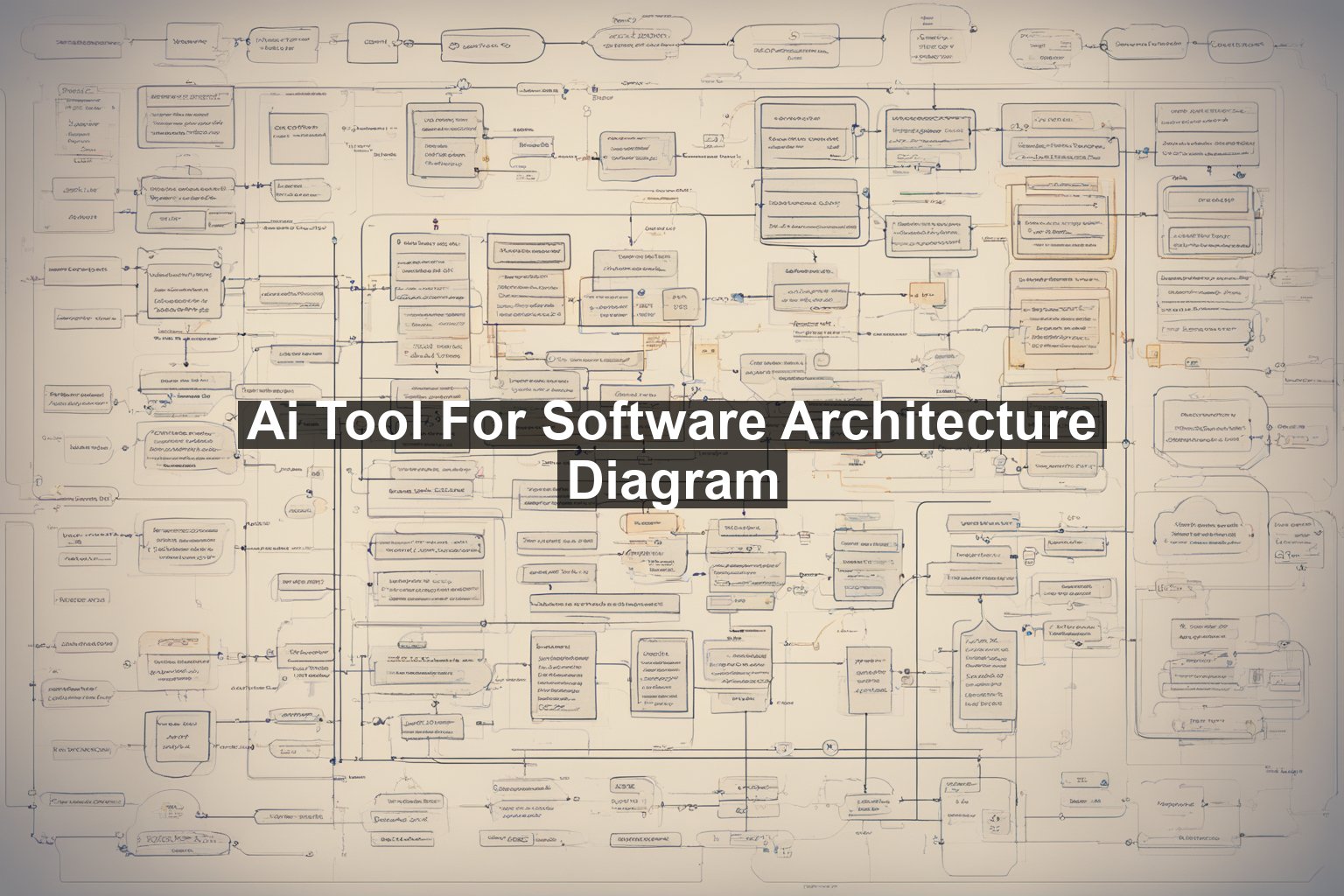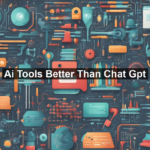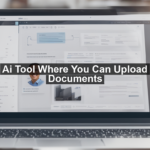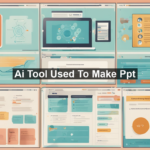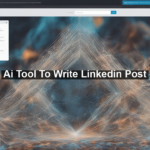In today’s fast-paced technological landscape, leveraging AI tools for designing software architecture diagrams is revolutionizing how we approach and visualize complex systems. Imagine eliminating hours of manual diagramming and reducing errors while enhancing clarity and collaboration among your team members. Sounds too good to be true? Well, it’s time to dive into the transformative world of AI-powered software architecture tools and understand their far-reaching benefits.
How AI Tools Enhance Software Architecture Diagramming
Software architecture diagrams are crucial in conveying system structures, interactions, and functionalities. Traditional methods often involve labor-intensive processes, prone to human errors. Here’s where AI steps in as a game-changer, offering automation, precision, and efficiency.
Automated Diagram Generation
One of the standout features of AI tools is their ability to automatically generate diagrams from code or textual descriptions. This significantly reduces the effort and time required to create and update diagrams, ensuring they are always in sync with the actual system state.
According to a study by IBM, automated diagram generation can enhance software quality and accelerate development timelines.
Enhanced Collaboration and Communication
AI tools facilitate better collaboration among development teams by providing a clear visual representation of the system. This helps in bridging the gap between technical and non-technical stakeholders, making it easier to discuss and understand complex architectures.
Moreover, collaboration features such as real-time editing and sharing further enhance team productivity and alignment.
Key Features of AI-Powered Software Architecture Tools
When selecting an AI tool for software architecture diagramming, it’s essential to look out for certain features that ensure you get the most value. Here are some critical features to consider:
Intelligent Recommendations and Insights
AI tools can analyze your architecture and provide intelligent recommendations for optimization. These insights can help you identify potential bottlenecks, redundant components, or areas for improvement.
Check out this article from Gartner for more on intelligent insights and AI in system operations.
Integration Capabilities
Modern development environments are often heterogeneous, comprising various tools and platforms. AI-powered architecture tools should seamlessly integrate with your existing toolchain, providing a unified workflow.
These integrations help maintain consistency and streamline the overall development process.
Scalability and Flexibility
As your project grows, the architecture becomes more complex. The chosen AI tool should be scalable and flexible enough to handle increased complexities without compromising performance or usability.
For a deeper dive into scalable software architecture, you may refer to this detailed guide from Martin Fowler.
Real-World Applications and Benefits
AI tools for software architecture are not just theoretical innovations but have real-world applications that can significantly benefit development teams and organizations.
Improved Documentation
One of the often-overlooked aspects of software development is documentation. AI tools can automatically generate and update architecture documentation, making it easier to onboard new team members and ensure compliance with industry standards.
Accelerated Development Cycles
By automating routine tasks like diagram creation and providing real-time insights, AI tools can significantly accelerate the development cycle. This leads to faster time-to-market and enables teams to focus more on innovation and problem-solving.
Cost Savings
Automating processes and reducing manual intervention can lead to substantial cost savings. Moreover, it minimizes the risk of costly errors and reworks, further enhancing efficiency.
Conclusion
The advent of AI tools in software architecture diagramming marks a significant leap forward, transforming how we visualize, plan, and execute complex systems. From automated diagram generation and intelligent insights to enhanced collaboration and seamless integration, the benefits are manifold.
Incorporating these tools into your workflow not only improves efficiency but also elevates the quality of your software architecture. As we move towards a future where AI becomes an integral part of software development, the importance of adopting these innovations cannot be overstated.
Start exploring AI-powered software architecture tools today and unlock the potential for seamless, efficient, and accurate system design. For further reading and to stay updated on the latest in AI and software development, visit ZDNet.
